Octopus Lure Called Maka Feke
Tonga Islands, Polynesia
Late 19th - early 20th century
Hard stone, shells, wood and natural fibres
H.: 23 ; W.: 6.5 cm
The literal translation of its name, maka feke, tells us about the purpose of this object. Indeed, maka means stone or rock and feke, octopus. So this lure is made up of a cone of hard stone, embellished with two half-spheres of shells assembled with plant fibres. The whole lure can be handled using a handle made from a rigid wooden rod.
In the words of Irmgard Moschner, recalled in 1955: "We sailed the boat past the coral caves, where the octopus were waiting for their prey, let the lures hang overboard and pulled on the line. The octopus would firmly suck in the presumed prey and then be hauled back into the boat."
Bibliography: A similar specimen is kept at the Weltmuseum Wien (formerly known as the Museum für Volkerkunde), the Museum of Ethnology in Vienna, under number 49 and another at the National Museum of Australia, under number Oz 219. A similar specimen is reproduced in Art and Artefacts of the Pacific, Africa and the Americas, the James Hooper Collection, no. 698, plate 85, page 158 and another in Fish Hooks of the Pacific Islands by Daniel Blau and Klaus Maaz, plate 86, page 261.
Ref. 5528.
Text and photos © FCP CORIDON





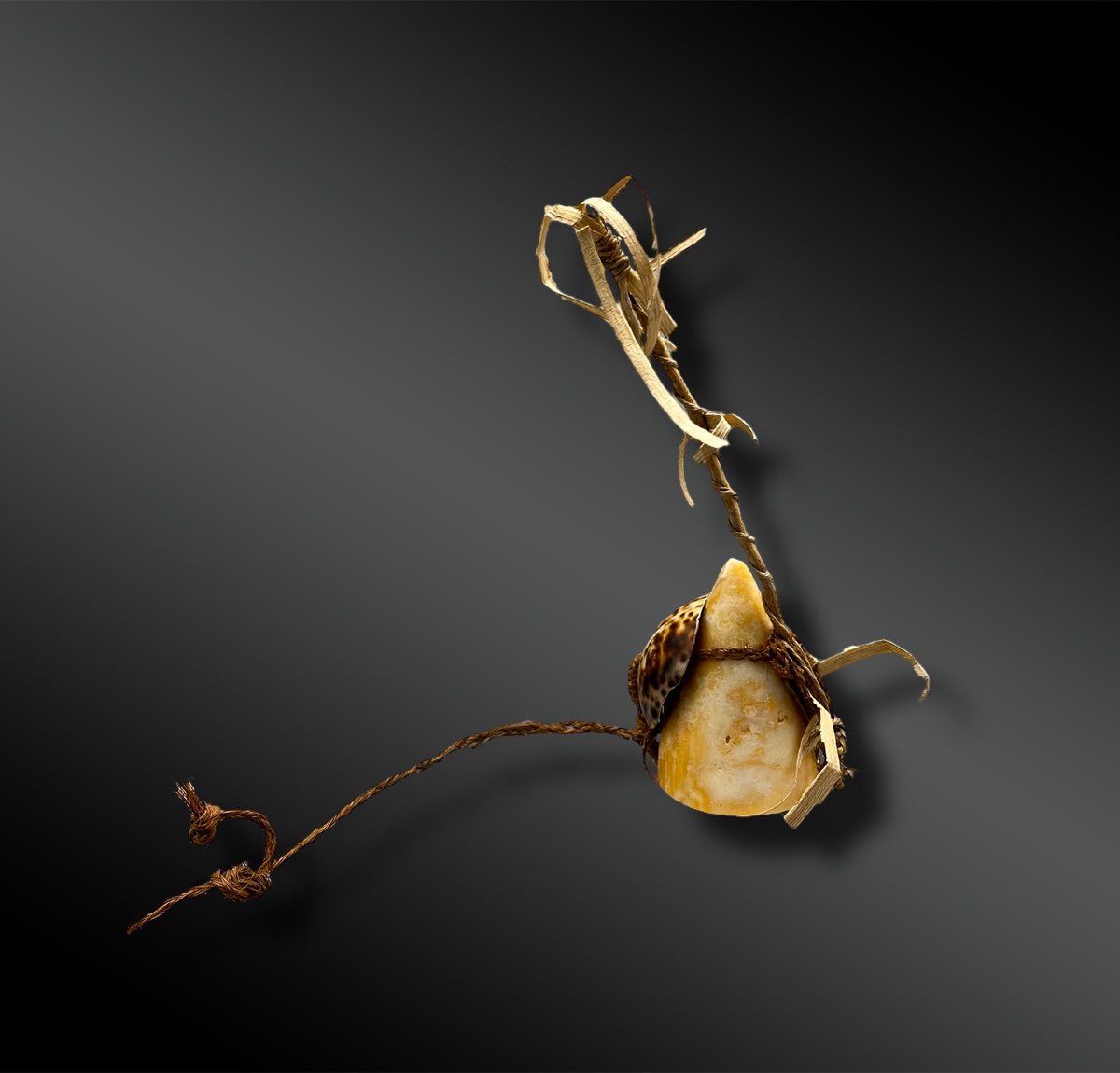

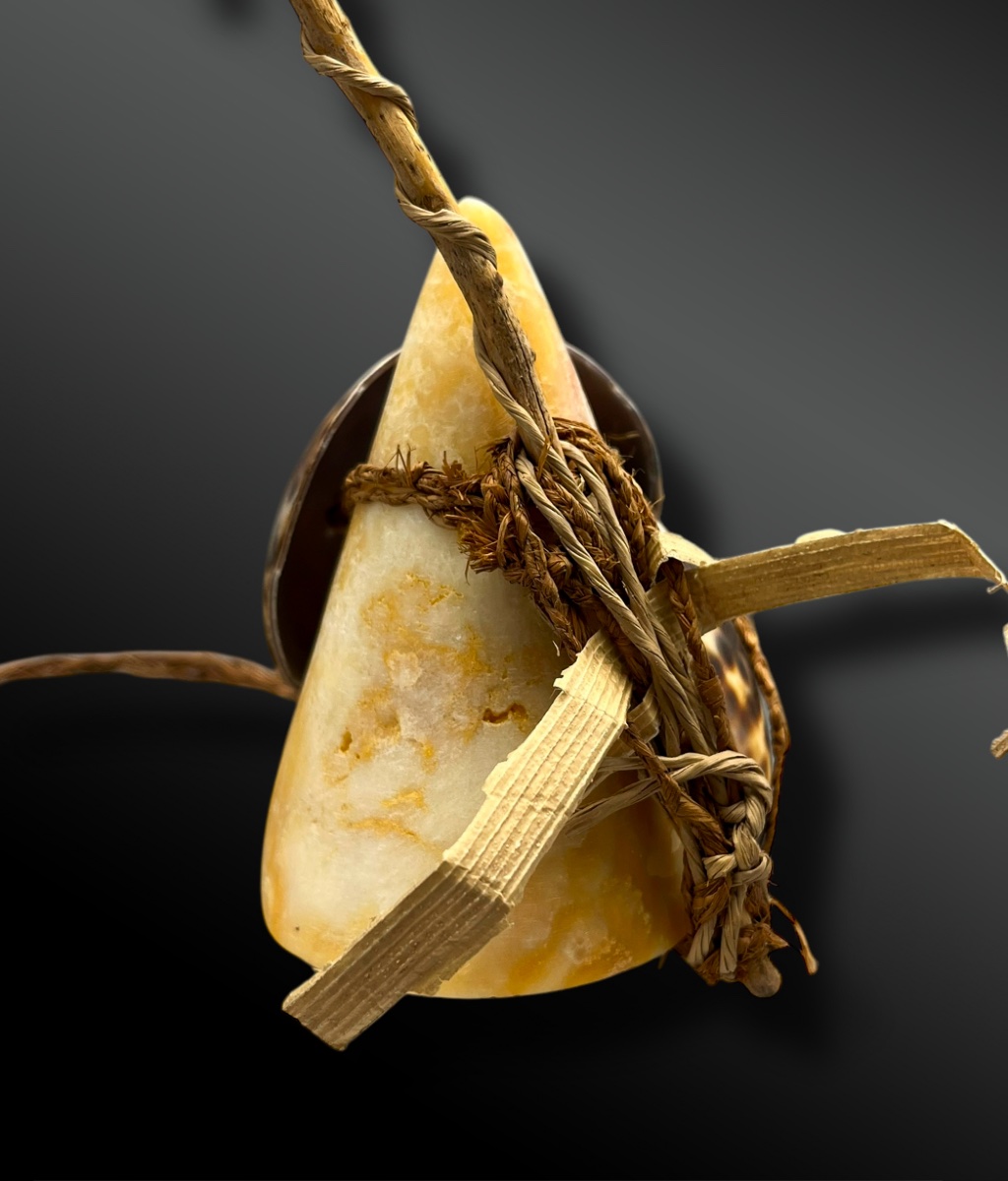







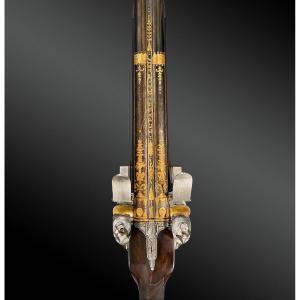
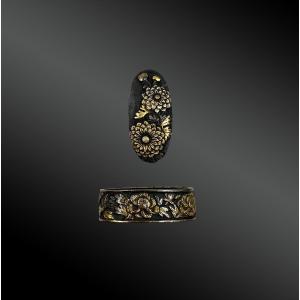

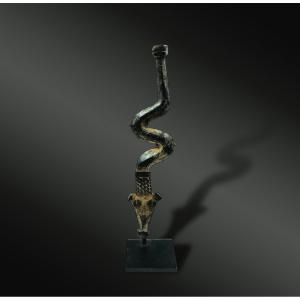

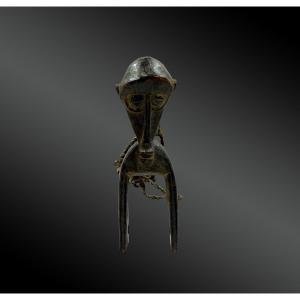

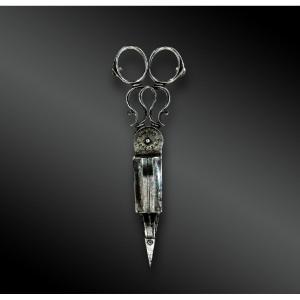




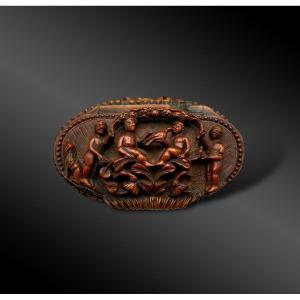

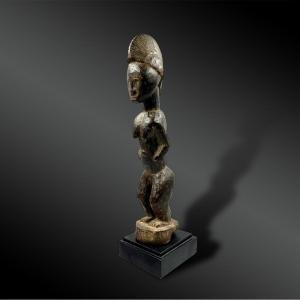

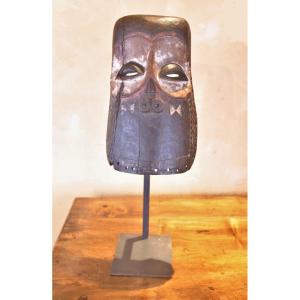






 Le Magazine de PROANTIC
Le Magazine de PROANTIC TRÉSORS Magazine
TRÉSORS Magazine Rivista Artiquariato
Rivista Artiquariato